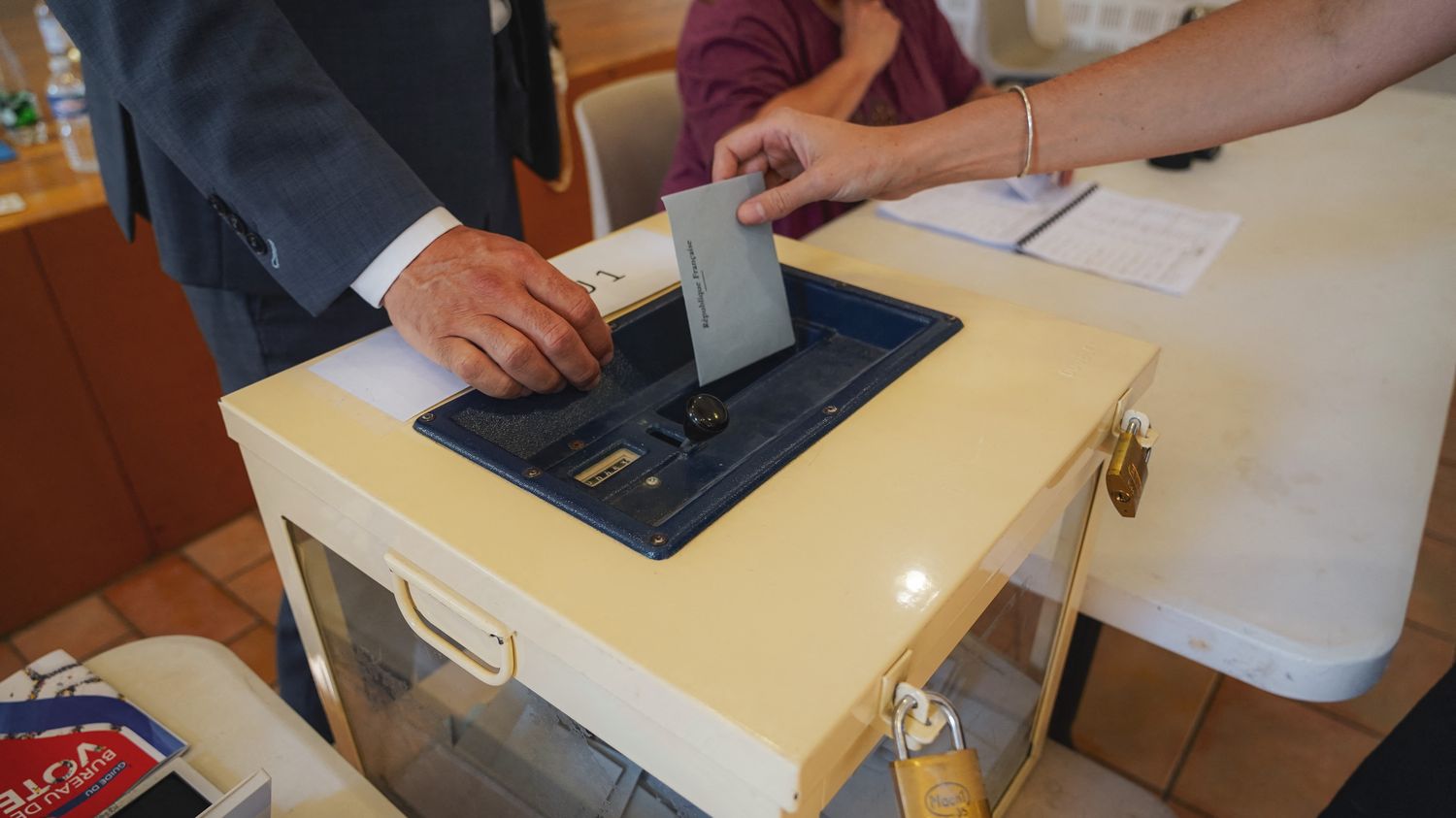The announcement of the results of the first round of the legislative elections of June 30 and July 7 is accompanied by its electoral jargon. We explain these sometimes complex, often widely used terms.

Published
Reading time: 2 min

Since the announcement of the results of the first round of early legislative elections on Sunday, June 30, many electoral terms have appeared. What is a three-way race, a second round, an absolute majority? Franceinfo redefines these notions.
What is a “triangular”?
The Ministry of the Interior lists 301 triangular races, that is, a second round contested between three candidates. Because during legislative elections, we do not only keep the two candidates who came in first, but all those who have achieved a score higher than 12.5% of registered voters in their constituency, if 100% of registered voters go to vote.
This is the rule, but the turnout is never 100%, so the minimum threshold for qualification differs. For example, the turnout on Sunday, June 30 is 67%, so you need to get 18% of the votes cast to qualify for the second round. The higher the turnout, the lower the threshold for qualification, and the more likely you are to qualify for the second round.
There have never been as many three-way races as this year. A record was reached during the 1997 legislative elections with 79 three-way races in the second round. There are also four-way races, i.e. four candidates qualifying for the second round, but this is much rarer. Five constituencies are concerned for this election.
What is “ballotage”?
We simply speak of a runoff when a candidate has not obtained the majority required to win in the first round, but qualifies for the second. If he is in the lead in the votes cast, we will speak of a favorable runoff. If he is 2e3e or 4ewe will then speak of an unfavorable ballot.
However, the runoff does not predict the final score in the second round: a candidate can be in a favorable runoff and lose the election, and vice versa. Voters can change their minds between two rounds.
What is the difference between “absolute” and “relative” majority?
A political party or group has an absolute majority in the National Assembly when it has more than half of the seats in the chamber, or 289 deputies out of a total of 577. The majority is said to be absolute because the leading party or political group will not need to reach an agreement with its opponents, who are in the minority, in order to vote on the laws presented by its government.
If no party manages to obtain at least 289 seats, we then speak of a relative majority. The group or party that obtains the most seats will form a government but will not be able to pass its laws alone. It will be necessary to build alliances and find support in the opposition. Since 2022, the consecutive governments of Élisabeth Borne and Gabriel Attal have only had 250 seats in parliament, hence the use of article 49.3, which allows the adoption of a law without a vote in the National Assembly.
